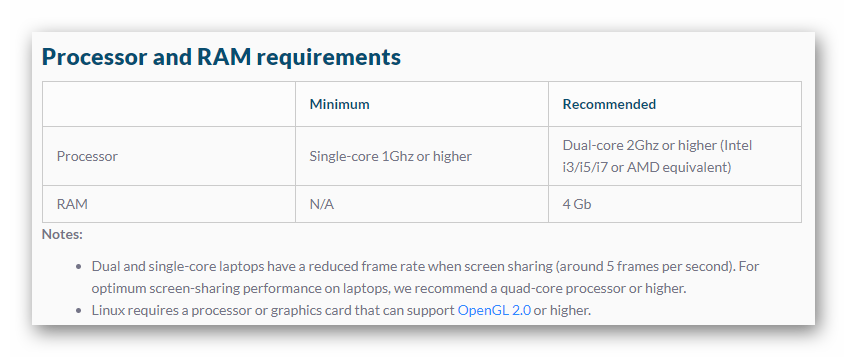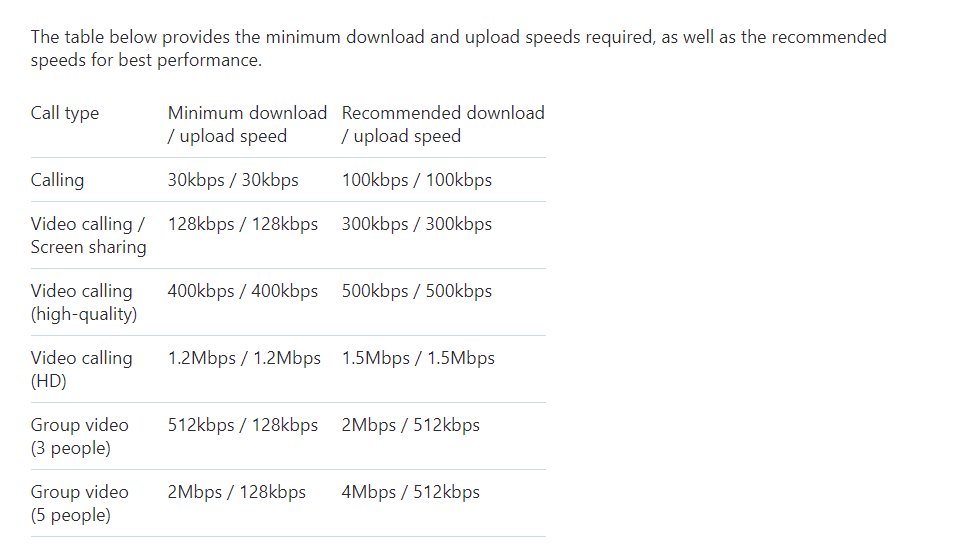
If you have an outdated WiFi router, consider upgrading, or try using a WiFi booster or extender to spread your signal farther in your home. Purchase a more powerful WiFi router or extender If that doesn’t work, restarting your computer isn’t a bad idea either. If not, try restarting the Zoom app to restore connectivity. Run a test meeting beforehand to see if your connection is stable. If your router is acting haywire, try resetting it, or unplugging it to turn it off and back on. It’s the oldest trick in the book, but it often works. The closer you are to the router, the stronger the WiFi signal your device will pick up. You can also try moving closer to the router.

This ensures that your device is getting the strongest possible WiFi signal from your router. If you’re having connectivity issues, try using an ethernet cable to connect directly to the router.
#Zoom bandwidth requirements how to#
Learn how to activate Zoom Integration with UD Capture and My Media. C loud recordings are directly transferred to the cloud so they do not need to be uploaded from your computer, hence saving you data. When you record Zoom meetings to the cloud, your recording will also be automatically added to your My Media in Canvas and in UD Capture Space. You can find the phone number for your Zoom session in the meeting invitation under “Dial by your location.” It is also available during a meeting by clicking the up arrow next to the “Mute” button and choosing “Switch to Phone Audio”. If your connection is unstable, consider connecting to the meeting audio by phone instead of using the computer audio within the meeting. Use the “Mute” button at the bottom left corner of the Zoom toolbar to turn your audio off and on. While it doesn’t use as much bandwidth as your video, muting your audio when you’re not speaking can also reduce your bandwidth somewhat. This uses less data than streaming video while still allowing everyone to see changes in real time. Or, rather than screen sharing, consider using online collaborative documents, such as Google Docs. Also, request that other attendees do the same.

To resume videos, click View again and select Start Incoming Video.īe sure to stop screen sharing when you are done presenting.Click View in the top-right corner, and then click Stop Incoming Video.This will only affect your view of the meeting, while others are unaffected and unaware. This feature helps to preserve bandwidth for shared content, and to avoid mental fatigue from viewing multiple active video participants. Users in a meeting can easily disable all incoming video through in-meeting controls. Click the up arrow to the right of the video icon in the toolbar.

To turn off HD Video in Zoom during a meeting:
#Zoom bandwidth requirements mac#
To pinpoint which programs are consuming the most data, check your network usage with Activity Monitor on Mac or Task Manager in Windows. These applications may be hogging a large share of your bandwidth by not running them during meetings, you can improve your overall Zoom client performance. It’s always best practice to avoid running other data-intensive applications during Zoom sessions, such as streaming video or music, uploading/downloading large files, or visiting websites with dynamic content. Turn off other apps or devices that could be draining the bandwidth



 0 kommentar(er)
0 kommentar(er)
